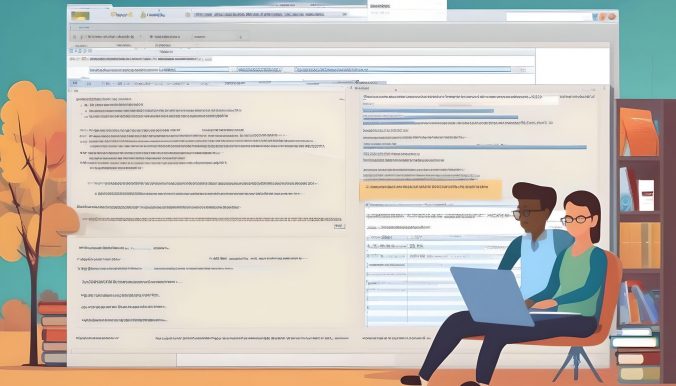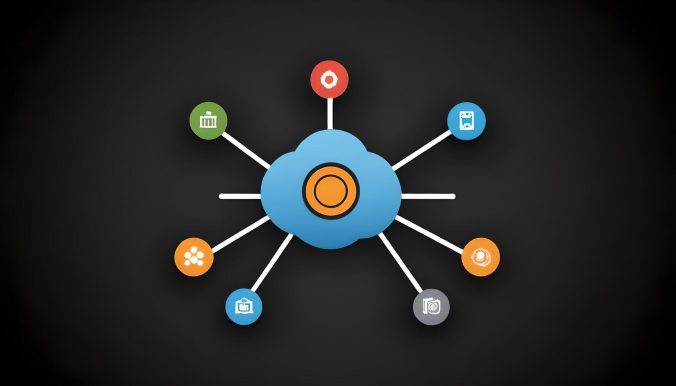Why site.php Instead of index.php?
Choosing site.php over index.php or index.html can be a matter of specific functionality or personal preference. For instance, site.php might serve as a specific page within your site rather than the entry point that index.php typically represents. PHP’s flexibility allows developers to structure their sites according to their unique requirements.
Creating Modular HTML Files
In your www folder, create two files: header.html and footer.html. These files will contain the HTML code common to all pages, such as the navigation menu and footer information.
header.html:
<!DOCTYPE html>
<html lang="en">
<head>
<meta charset="UTF-8">
<meta name="viewport" content="width=device-width, initial-scale=1.0">
<title>Modular PHP Website</title>
<!-- Add your CSS files here -->
</head>
<body>
<header>
<h1>Welcome to Our Website</h1>
<!-- Navigation menu here -->
</header>
footer.html:
<footer> <p>© 2024 by Your Website. All rights reserved.</p> </footer> </body> </html>
Integrating the Header and Footer in site.php
In your site.php, include the header and footer files at the beginning and end of your content, respectively.
site.php:
<?php include 'header.html'; ?>
<p>Hello, I'm Jina. I will show you the bag we have talked about.</p>
<!-- Dynamic content and animations go here -->
<?php include 'footer.html'; ?>
Triggering Front-End Animations from PHP
While PHP is a server-side language and cannot directly manipulate the front-end, it can conditionally load JavaScript or CSS that triggers animations based on server-side logic.
For example, to load a specific animation after displaying the message in site.php, you can do the following:
site.php (addition):
<script>
window.onload = function() {
// Example animation trigger document.getElementById('loadingAnimation').style.display = 'block';
setTimeout(function() {
document.getElementById('loadingAnimation').style.display = 'none';
}, 3000); // Hides the animation after 3 seconds }
</script>
<div id="loadingAnimation" style="display:none;">
<!-- Your animation HTML here -->
<p>Loading...</p>
</div>
Building a Simple API with PHP
PHP can also be used to create APIs, allowing your website to interact with other applications and services.
Example API (api.php):
<?php
header('Content-Type: application/json'); // Simulated data
$data = [ ['id' => 1, 'name' => 'Luxury Bag', 'price' => 77.7],
// Additional
items... ];
// Respond with JSON
echo json_encode($data);
This script sets the content type to application/json and echoes out data in JSON format, which can be consumed by front-end JavaScript using AJAX or a framework like Vue.js or React.
Conclusion
By breaking down a PHP website into modular components like header.html and footer.html, developers can streamline their workflow and ensure consistency across the site. Although PHP operates on the server-side, it can prepare the ground for dynamic client-side interactions, including animations. Furthermore, PHP’s versatility extends to creating APIs, further expanding the capabilities of your website to interact dynamically with other services and applications. This approach to web development offers a blend of maintainability, dynamic content delivery, and interaction.










